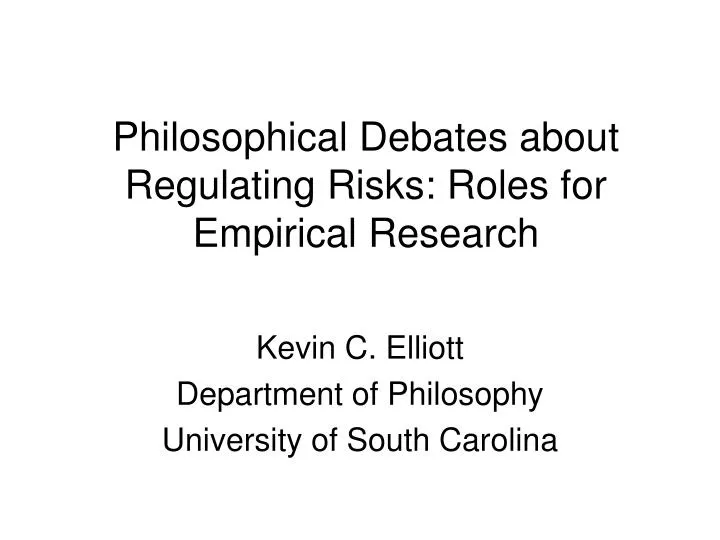
It can translate the probability distribution function from one maturity to another in a way that guarantees that you don’t produce arbitrage, and this can be done for any asset class.” “The introduction of the time-translation formula is, in my opinion, the most valuable contribution of the paper,” says Zetocha. This way, the volatility distribution can be moved from one maturity to another. This preserves the characteristics of the original distribution and is consistent with the empirical observation that the distribution flattens as time progresses and the stochastic variable diffuses. Time translationĪt this stage, Zetocha introduces a formula to time-translate the probability distribution obtained using the Neri-Schneider technique and diffuses it into longer-maturity distributions. The algorithm then uses the entropy maximisation technique presented by Neri and Schneider in 2012 to construct the full skew of the maturity, such that it satisfies the constraints of the options that are already quoted. But when dealing with mid-prices, some circumstances can theoretically create arbitrage, such as bad data or inconsistent information from market-makers. It might be surprising to learn that arbitrageable prices still need to be eliminated, considering bid-offer spreads should prevent them. While following this bootstrapping process, Zetocha deploys a part of the algorithm he calls the ‘arbitrage sniper’ to eliminate outliers and arbitrageable quotes.

Once sorted by liquidity, the volatility surface of the most liquid maturity is built first, followed by the next, and so on.


This is key to maintaining the stability of the volatility surface. The first step is to organise the maturities in order of decreasing liquidity – either based on the average spread or the grid density of strikes quoted in the market – rather than chronologically. Zetocha proposes a new approach, which helps existing models to output a smooth and workable volatility surface when dealing with illiquid maturities.


 0 kommentar(er)
0 kommentar(er)
